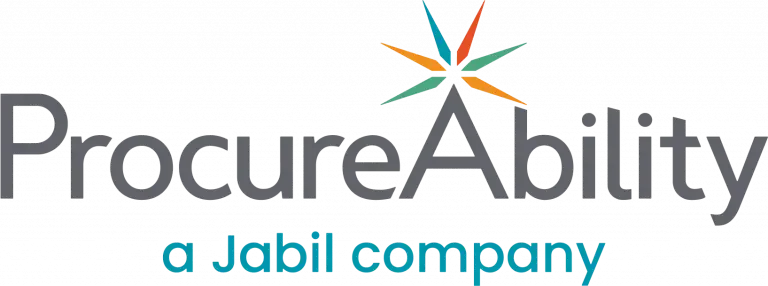
Procurement professionals are always looking for ways to reduce manual workloads, improve data accuracy, and streamline daily operations. One effective solution is robotic process automation (RPA), a technology that automates repetitive, rule-based tasks and delivers measurable efficiency gains across the procurement function.
While advanced artificial intelligence in procurement may require significant investment, RPA is accessible and implementable for most organizations today. It enables procurement teams to focus on strategic sourcing, supplier relationship management, and cost optimization, rather than spending valuable time on manual data entry or routine transactions.
What is Robotic Process Automation?
Robotic process automation is a type of software that mimics human actions to execute predefined tasks. It interacts with systems, inputs data, and follows structured workflows just as a person would. RPA does not require artificial intelligence or machine learning to operate, though these technologies can be integrated for more complex automation use cases. RPA operates based on rules and inputs. It can log into systems, open emails or files, extract relevant information, and enter that data into procurement platforms or ERPs, reliably and without fatigue.
RPA in Procurement: Practical Applications
The procurement function is filled with routine processes that are ideal candidates for RPA. For example, processing supplier invoices often involves multiple manual steps:
- Retrieving the invoice from an email
- Extracting key data such as PO number, amount, or date
- Logging that data into an ERP or procure-to-pay platform
By automating these repetitive steps, RPA reduces manual labor and enhances processing speed and accuracy.
Key Benefits of RPA in Procurement
Implementing RPA offers several measurable benefits across procurement operations:
- Reduced operational costs: Bots can work around the clock and handle tasks faster than human workers.
- Fewer errors: When set up correctly, RPA reduces data entry mistakes and improves compliance.
- Real-time data accuracy: Automated processes update data consistently, leading to better reporting and decision-making.
- Increased productivity: By offloading routine work, procurement teams can focus more on strategic tasks like supplier negotiations and category planning.
How to Start Implementing RPA in Procurement
To get started with RPA, focus on identifying processes that are high volume, time-consuming, repetitive, or prone to human error. These characteristics make a task well-suited for automation and typically yield the greatest returns. Common starting points in procurement include invoice processing, purchase order entry, and supplier data management.
As you plan your implementation, involve your IT team early to ensure smooth integration and maintain data security. For broader rollouts, it may also be necessary to coordinate with HR to address workflow changes and support employees through the transition.
Maximizing Procurement Efficiency with RPA
Robotic process automation is a practical, cost-effective way for procurement organizations to boost operational efficiency and free up time for value-adding activities. As businesses continue to digitize their supply chain and procurement functions, RPA will play a central role in modernizing how teams work and deliver results.



